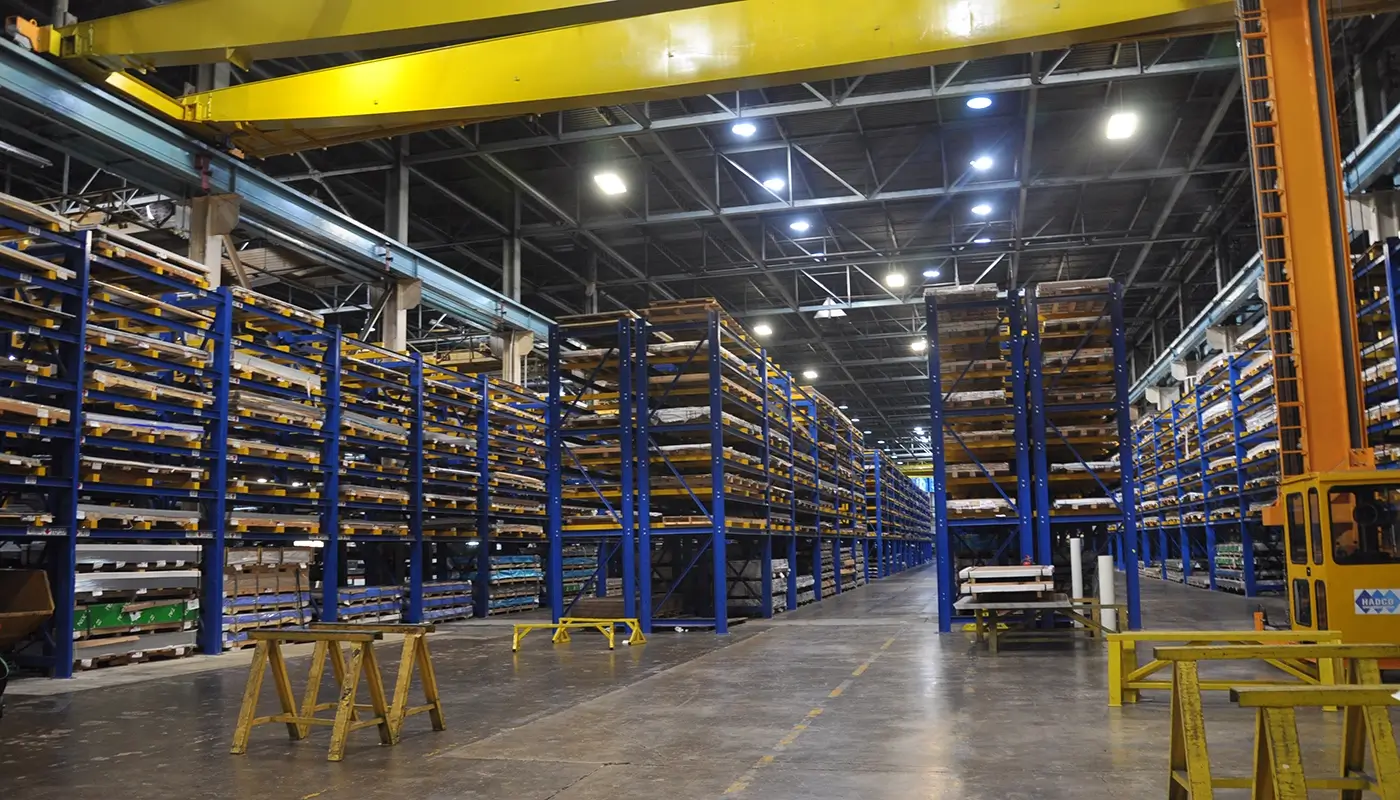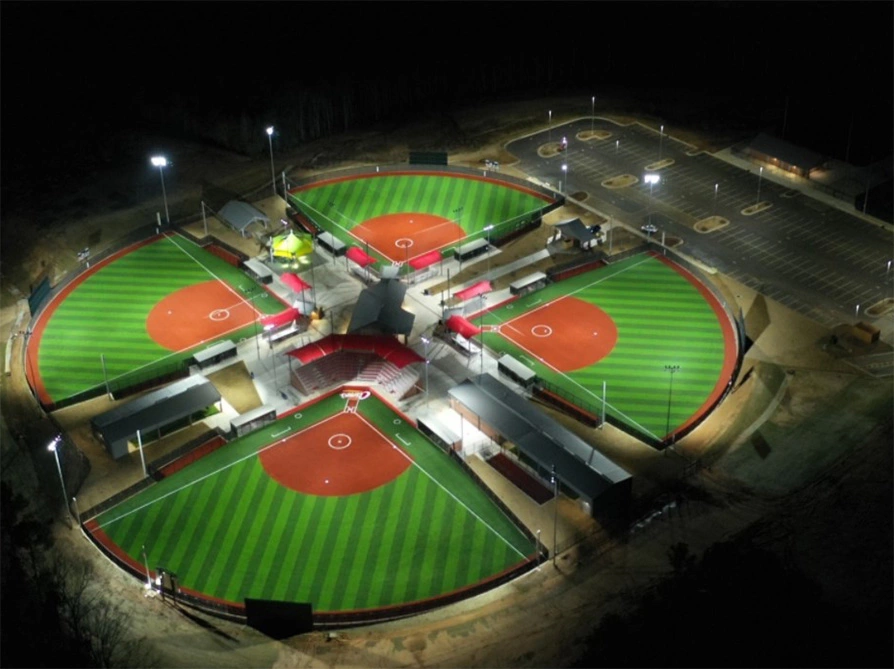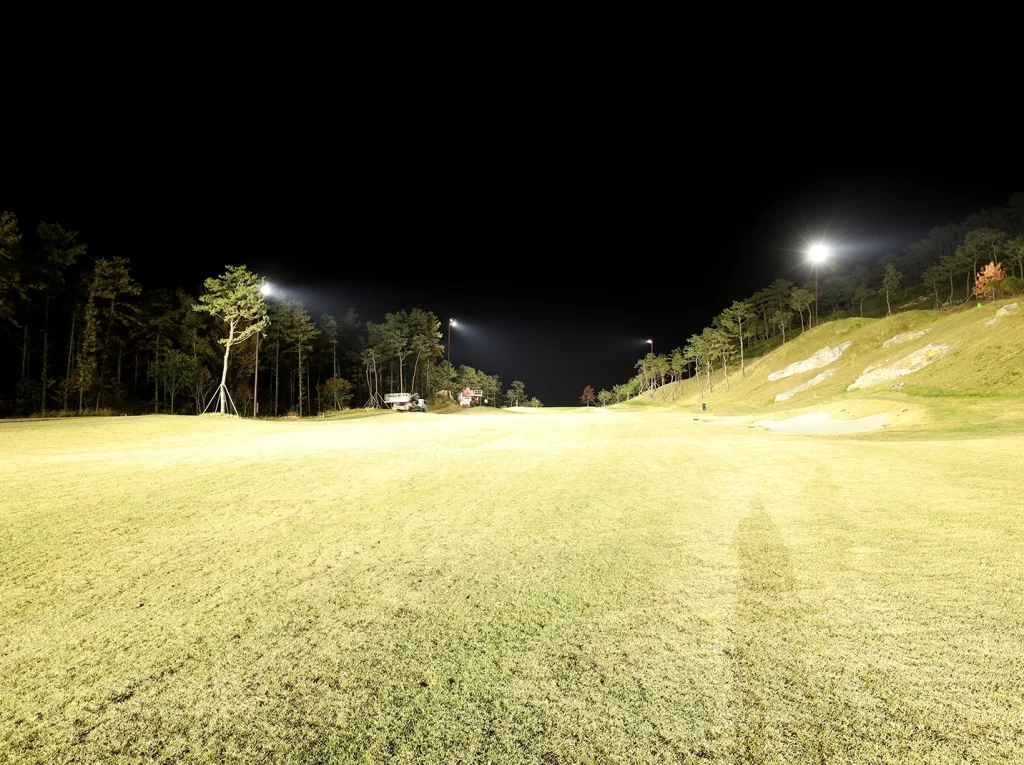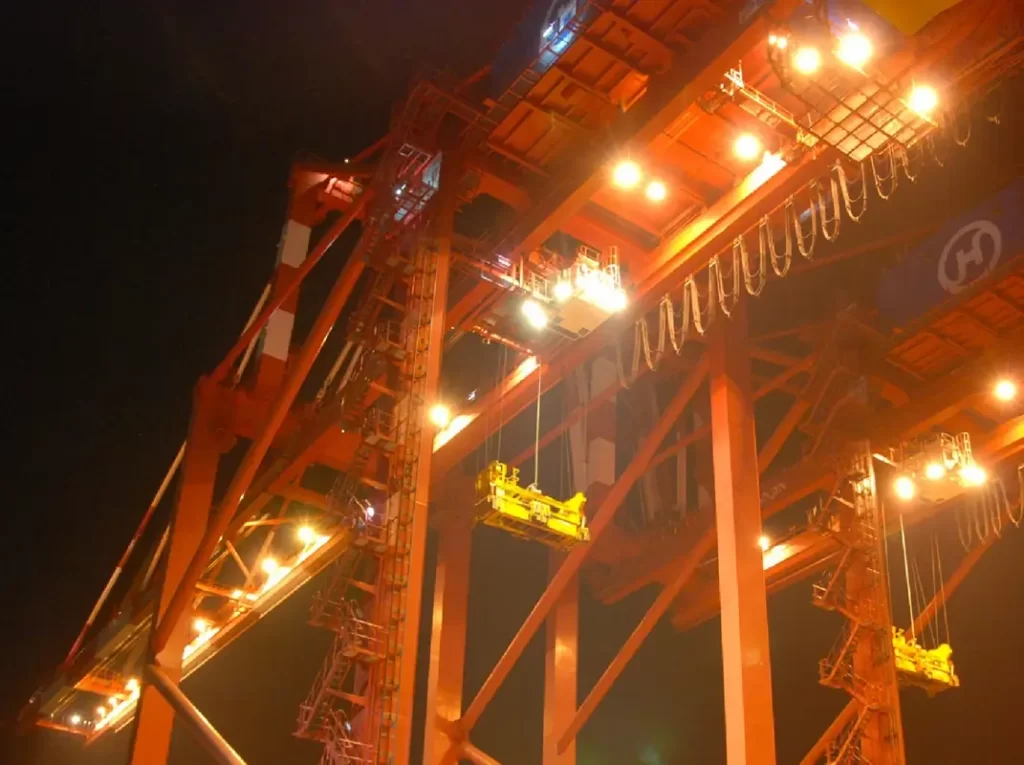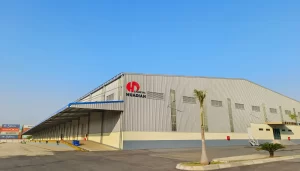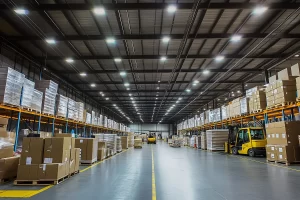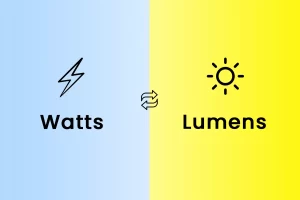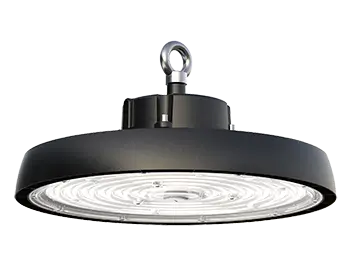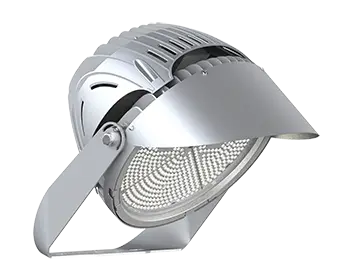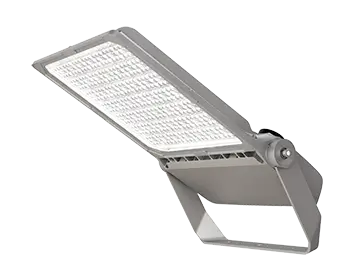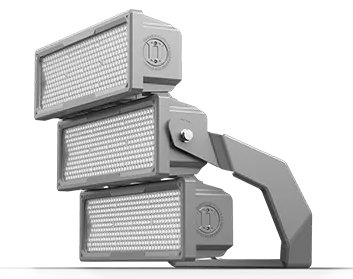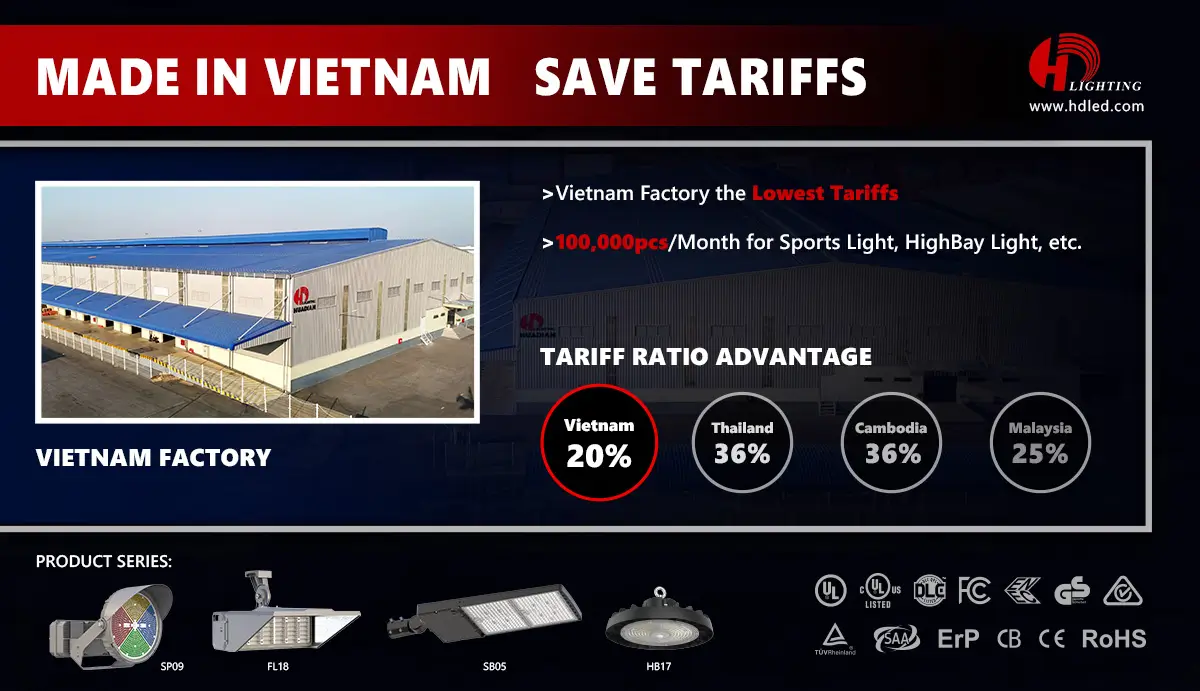Navigating the world of lighting can seem daunting, especially when you’re trying to select fixtures for specific environments, such as high-temperature areas. High bay lights are the ideal choice for illuminating large spaces like warehouses, factories, and gymnasiums. But when these environments have elevated temperatures, your choice of lighting becomes even more crucial. This article will guide you through the steps and considerations in choosing the perfect high bay light for high-temperature conditions.
Understand the Specifics of Your Environment
Before diving into the specifics of high bay lights, it’s essential to assess the conditions of your environment:
Temperature Range: Identify the range of temperatures your facility will experience. This helps you filter out lights not designed for those conditions.
Ceiling Height: High bay lights are ideal for ceilings that are 20 feet or more above the floor.
Ambient Light: Consider the amount of natural light your space receives. This will influence the brightness and color temperature of the lights you choose.
Consider the Thermal Management of the Fixture
One of the critical components to consider when choosing lights for high-temperature environments is how well the fixture dissipates heat:
Heat Sinks: These are often built into the design of LED high bay lights to help dissipate heat. Ensure the design is efficient and matches the aesthetics you desire.
Cooling Fans: Some high bay lights incorporate fans to aid in cooling, though these may introduce additional noise.
LED High Bay Lights are Your Best Bet
While there are multiple types of high bay lights, LED variants stand out for their energy efficiency, longevity, and suitability for high-temperature areas:
Durability: LEDs typically have longer lifespans than traditional lighting solutions. They can withstand challenging environments without frequent replacements.
Energy Efficiency: LEDs consume less energy while providing the same, if not better, brightness. This results in long-term reductions in electricity costs.
Lower Heat Output: Despite being used in high-temperature environments, LED high bay lights produce less heat than other types, reducing the risk of further elevating the ambient temperature.
Consider the Color Temperature
Depending on the nature of tasks performed in your space, you might require lights with specific color temperatures. For instance:
Cool white (5000K and above) is suitable for detailed tasks and environments where clarity is essential.
Warm white (3000K – 4000K) offers a more relaxed ambience, ideal for spaces where a softer light is preferred.
Opt for Lights with High IP Ratings
The Ingress Protection (IP) rating signifies how well a light fixture resists solid particles and liquids. In high-temperature environments, especially those exposed to dust or moisture, a high IP rating is crucial. For example, an IP65 rating ensures the fixture is dust-tight and protected against water jets.
Check for Certifications and Warranties
High-quality high bay lights should come with certifications attesting to their suitability for specific environments. Look for:
UL Listings: Indicate that the product meets specific safety standards.
DLC Certifications: Denote energy efficiency and may qualify you for rebates.
Warranty: Ensure the product comes with a substantial warranty, signifying the manufacturer’s trust in its durability.
Assess Lumen Output and Efficiency
Ensure the lumen output (brightness) meets your facility’s needs without over-illuminating and wasting energy. A light’s efficacy, measured in lumens per watt (lm/W), will give you an idea of its efficiency.
Conclusion
Choosing the right high bay light for high-temperature environments is a blend of understanding your specific needs and the technical nuances of lighting. Prioritize LED options, evaluate their thermal management capabilities, and ensure they have the certifications and durability to perform reliably in challenging conditions. By following this guide, you’ll illuminate your space effectively, safely, and efficiently.


